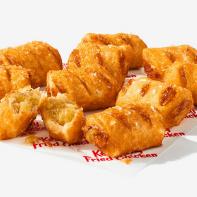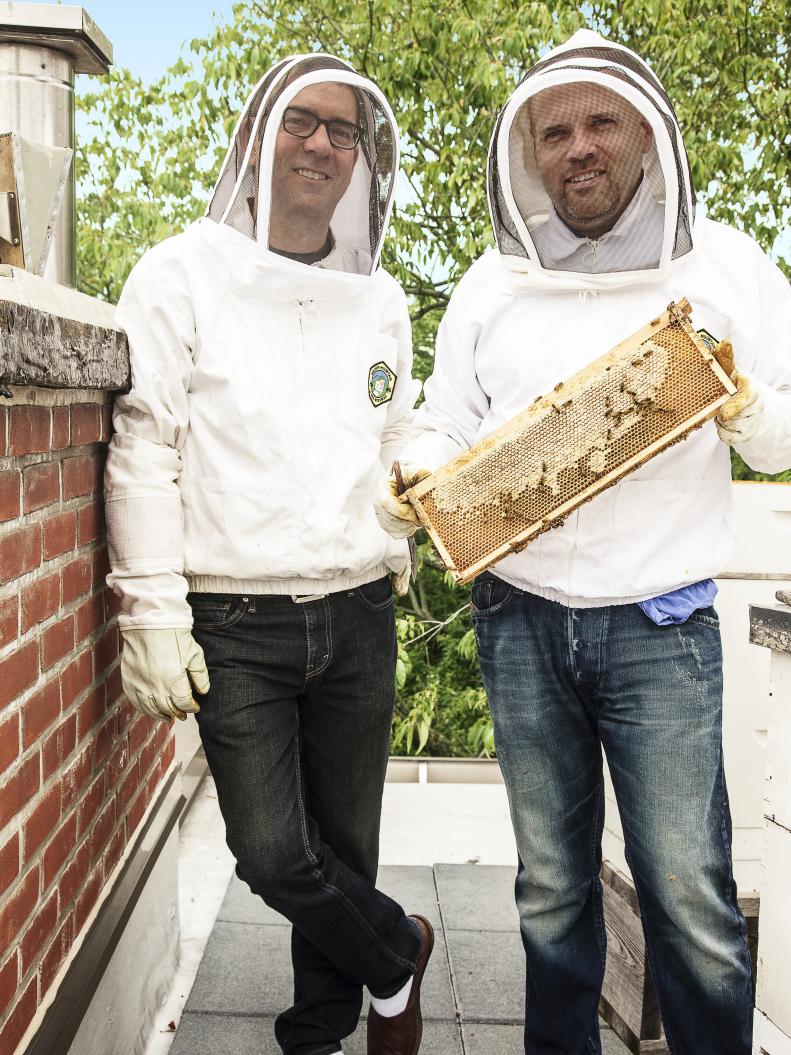1 / 8
Photo: Spencer Heyfron
10,000 Pet Bees
"When Barry first said he was getting into beekeeping six years ago, I thought he was crazy," Ted says. But now the bees are practically pets. They're Italian honeybees trucked in from Georgia (a box of 10,000 bees, plus a separate one for the queen), and they live on the roof of Ted and Barry's Brooklyn brownstone all year — with a pretty spectacular view of New York City. "It's been rewarding learning how their little ecosystem works," Ted says.
Photographs by Spencer Heyfron





































